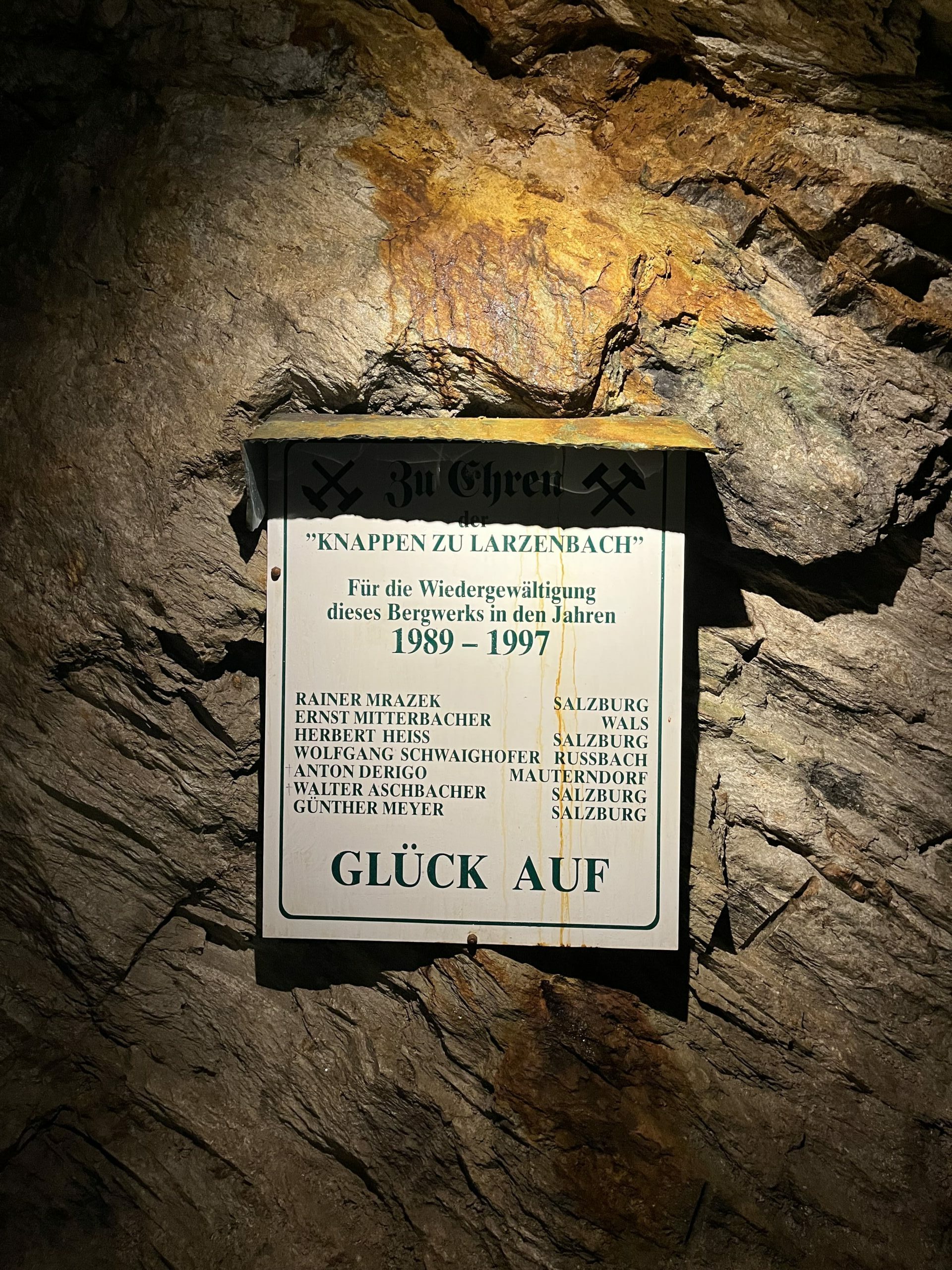Luck and Misfortune in Mining
Working underground has always been very challenging and dangerous. Especially in the 19th century when until 1867 (when Alfred Nobel invented dynamite) black powder had to be used for blasting in mining. Many dangers lurked underground for the minder, son it is not surprising that records in the medical books show up to 300 injuries and one to three fatalities per operating year. Nut not only in the mine did this work claim its victims. In the 19th century, it was primarily malnutrition (vitamin C deficiency) that affected them, and with the introduction of drilling machines came the lung diseases "Scoliosis", shortening the lives of many miners.
A particular stroke of luck, almost a miracle, occurred on September 28, 1883, at 7:00 in the morning, at the Maria Hilf - Stollen in Mitterberg. During a mining accident, 19 miners were buried, and after 35 hours of anxiety, they were rescued unharmed from the mine. As a token of gratitude, people made a pilgrimage to the pilgrimage church in Maria Kirchental, where the depiction of this event still stands today.
Kids
Natural hazards
Natural hazards are events that are caused by nature and can sometimes be dangerous. For example, there are mudslides, which are large masses of earth that can slide down slopes, taking everything in their path with them. Floods happen when a lot of rain falls and rivers burst their banks, putting some areas under water. Droughts are times when there is no rain for a long time and the plants and animals do not have enough water. These natural hazards can be dangerous, but we can prepare by listening to the warnings, getting to safety when necessary, and helping each other when it happens.
Natural hazards
Natural events such as mudslides, floods and droughts can cause major changes in the environment and can sometimes be dangerous. Mudslides are like huge avalanches that slide down steep mountain slopes. They can take houses, roads and trees with them. Floods occur when there is a lot of rain or when rivers burst their banks. This can leave entire areas under water, damaging houses and fields. Droughts are long periods in which there is very little rainfall. As a result, the soil dries out, plants wither and animals have difficulty finding enough water.
To protect yourself from these dangers, it is important to pay attention to warnings issued by experts and authorities. You can also learn how to prepare properly, for example by making emergency plans and knowing safe places to go when danger threatens. It is also important to help others when they are in trouble and to work together to minimise damage and get through such events safely.
Natural hazards
Natural hazards such as mudslides, floods and droughts can have a serious impact on communities. Mudslides are massive masses of earth that can slide down steep slopes and destroy homes, roads and farmland. Floods occur when heavy rainfall swells rivers and floods areas, which can lead to evacuations and severe damage. Droughts are prolonged dry periods that can lead to water shortages, crop failures and food shortages. These natural hazards require comprehensive risk mitigation, including early warning systems, infrastructure improvements and community preparedness to protect human lives and minimise the impact on the environment. It is also important to raise awareness and take action to combat climate change, which can increase the occurrence and intensity of these events.


